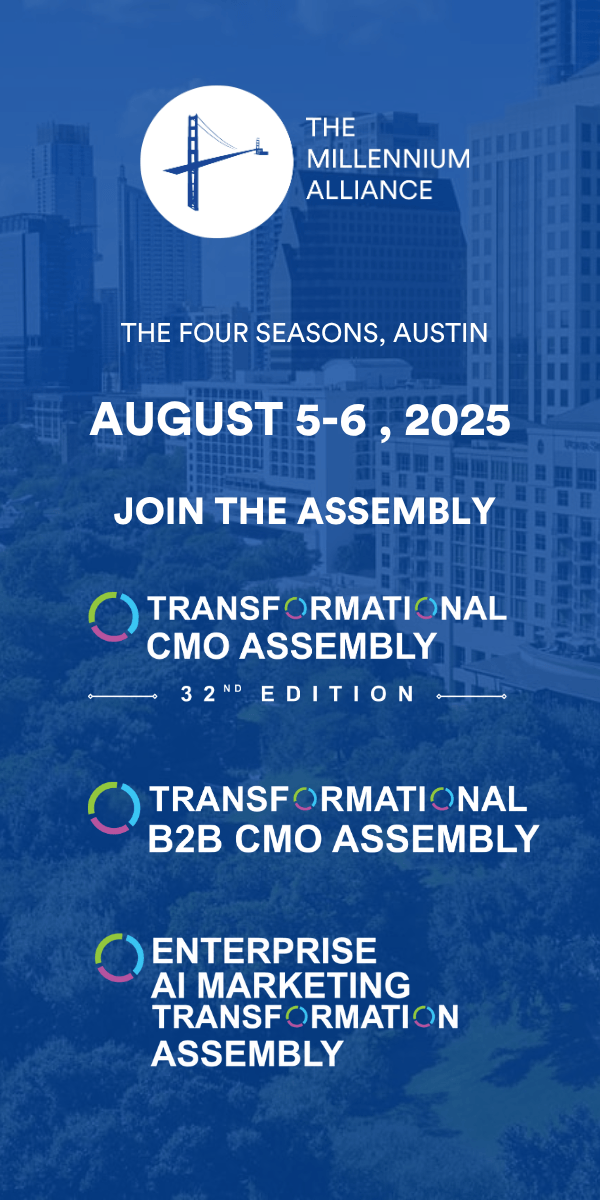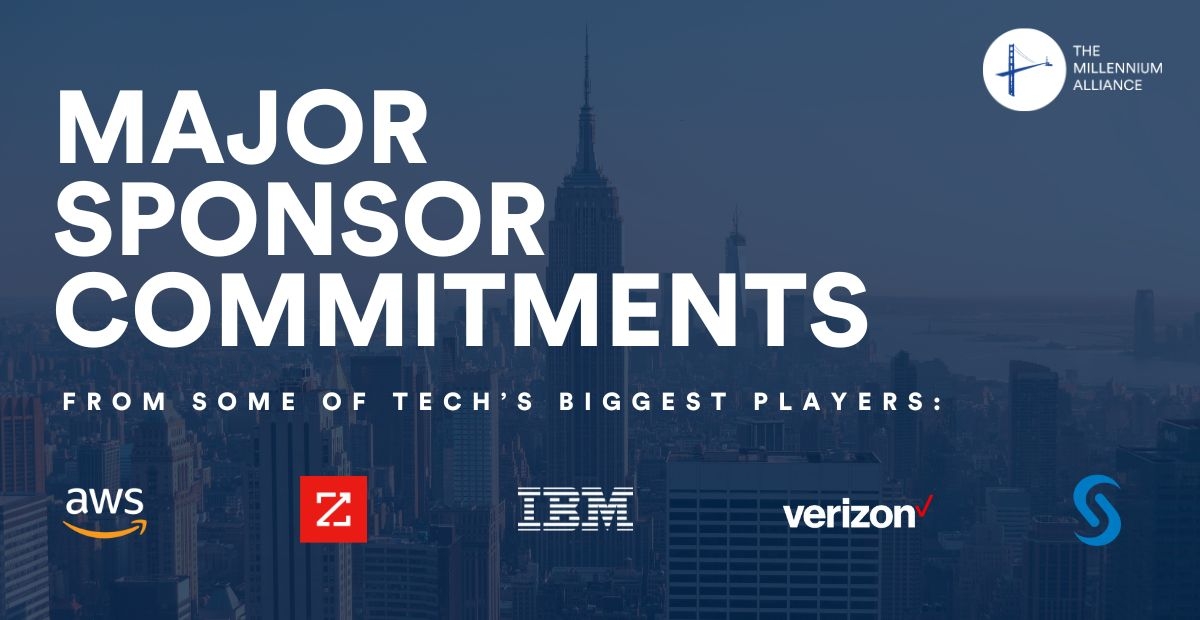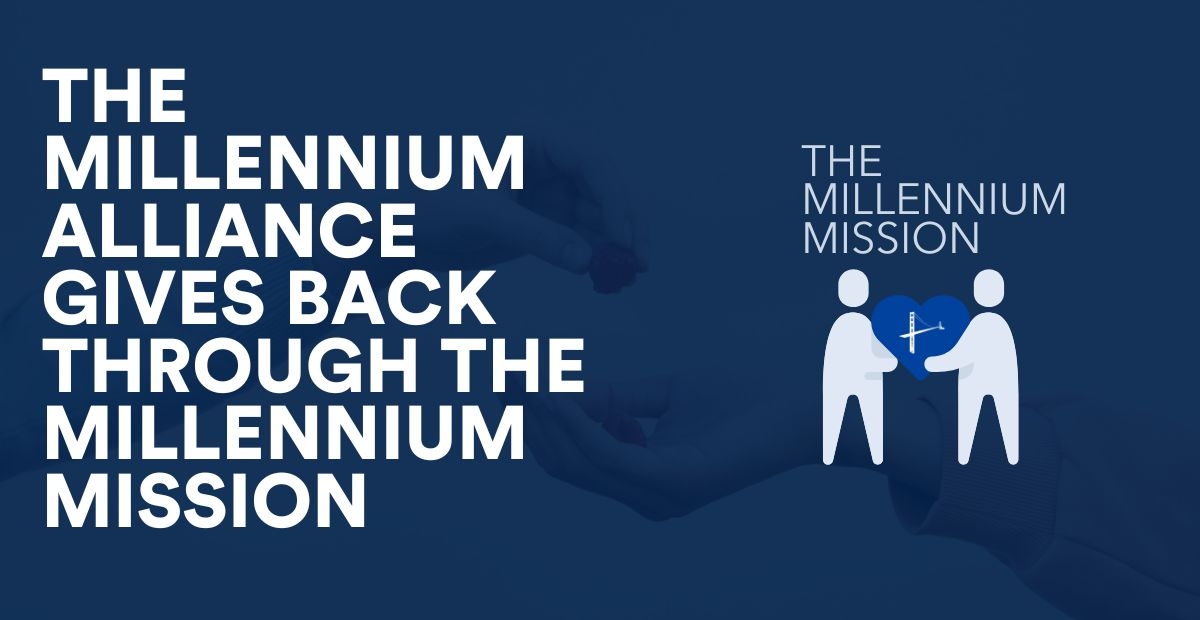Contributed by Rangle.io
Digital experiences are where customers communicate what they want, how they want it. Managing these experiences is where digital-first companies win or lose.
As customer-centric operating models flourish in this hyper-competitive digital economy, it’s important for executives and team leaders to ask themselves a simple question: What are the attributes of an effective digital experience platform?
As customer-centric operating models flourish in this hyper-competitive digital economy, it’s important for executives and team leaders to ask themselves a simple question: What are the attributes of an effective digital experience platform?
Strategies are just paper. Digital experiences are touchpoints where your customer communicates what they want and how they want it. Your platform and how you manage it are essential to success. More bluntly, best-in-class experiences are the only path to being competitive in a digital-first world. Your platform is where the action occurs.
In order to make a digital experience platform (that is, your highly-integrated technologies that are used to create your frontend customer experiences across all available touchpoints) successful, there are four non-negotiable attributes that represent a mindset and culture shift necessary for the digital era. Compromising on these is like compromising on the foundation of a skyscraper — you’ll never be able to build and scale your existing business if your foundations aren’t solid.
Attribute 1: A digital experience platform is both comprehensive and open-ended
Your digital experience platform must enable multi-channel experiences for a wide range of users, leading to an infinite set of digital interactions.
There’s no getting around the fact that a modern digital experience is an ecosystem of products and platforms. Because of this, your teams are building more and newer experiences, creating more complexity over time that you have to grapple with.
Most projects slow down because of complexity. They can’t achieve scale so they become inconsistent, making for slower releases and exponentially slower approval times. “We can’t publish!” becomes the refrain heard over and over again.
In the highly risk-averse waterfall era, executives assumed that they knew what the future held. But could you have predicted cloud architecture? What about the disruption of the taxi industry by a technology company? Or how about a global uptick in online shopping necessitated by a highly contagious disease?
To be truly successful in modern digital, you have to embrace uncertainty and complexity instead of trying to reduce it. A digital experience platform keeps the experiences synchronized and evolvable in real-time and puts your focus on the future.
With a consistency-building and speed-enhancing product like a design system, your integrated digital experience platform will ensure that long cycle times are reduced and waiting for approvals, instead, becomes a built-in set of checks and balances. Modern digital teams should be able to publish weekly (if not daily), and this goal for increased speed and flexibility is the North Star that can drive your digital experience platform build.
Of course, this means that the design system itself is a set of experiences, and needs to evolve with the same fluidity as the experiences built with the design system. It also means that everyone needs to be at the table: Brand, product, design, technology, and marketing. And the supporting services — DesignOps and DevOps, for example, must be in place. Hence, all design systems are part of a larger digital experience platform, and all digital experience platforms must include a design system.
Attribute 2: Marketing and merchandising teams can build experiences without help from a shared services team
In traditional digital commerce models, the teams that are closest to the customer, such as marketers and merchandisers, have their hands tied in updating digital experiences like their websites – this is because they must route all requests through their IT or development team (often using a ticketing system, where improvements to customer experience are deemed less important than bug fixes).
The inability to respond at the speed of the market and keep up with the customer means a lot of lost revenue for businesses in the digital age. It also means a ton of coordination, queuing, prioritization, research, negotiation, and consensus-building. Five minutes of work can take months of lead time and dozens of hours of effort.
These rigid systems that both marketing and development hate should be a thing of the past. With a digital experience platform and headless CMS, the power and control of the website are put straight into the hands of the content creators. As a result, their ideas, customer feedback, and shifting market trends can become new content in a matter of hours or minutes, not a matter of weeks. More importantly, the governance process can be moved closer to the team, and the reversibility of changes it allows means 95 percent of the work can be deemed “fast path” and low-risk. Companies that want to be truly customer-centric need to make this change happen today.
The old way serves the system, not the customer. If your organization is truly committed, you must invest in decoupling the development and design of your digital products from the delivery of new content-heavy experiences. Instead of being constrained by your platform, any digital tools your teams use should be an enabler — your digital experience products most of all.
Attribute 3: Testing is safe — and it becomes the norm
A digital experience platform allows customer-facing teams to test experiences without permission-seeking. This is critical for speed to market for several reasons.
First, it ensures that your customer is always the most important stakeholder in your decision-making process. Second, it reduces time-wasting permission-seeking from those in different parts of the business who don’t have the full context needed to make informed decisions about your digital products and the customers they serve. Finally, it holds the teams who do work on your products and serve your customers accountable — and this makes them more engaged and more likely to generate the ideas and solutions that will differentiate your business.
Getting permission to make iterative changes to your product from anyone but the team’s executive sponsor is a waste of time. A team that is focused, empowered, and accountable for your digital products is much better poised to make decisions than anyone who is half-involved, half-interested, and ultimately not accountable for failure. Single-threaded leadership, made popular by Amazon, ensures that only those accountable for the success of the digital product are making decisions about it, as their expertise in the product and its customer is critical.
This ultimately means that your teams can iterate on your digital experiences and be in dialogue with your customer in a way that few companies have been able to achieve thus far. Fast changes, faster feedback loops, and a pure customer focus keeps experiences fresh and exciting, and keeps customers engaged and happy.
Attribute 4: Reversible actions mean there are no mistakes — just bigger or smaller successes
With a well-integrated digital experience platform, teams have permission to follow outcomes, rather than just follow instructions.
Instead of being beholden to project timelines with specific deliverables based on weak assumptions, teams can adjust to what’s most valuable in service to the business (within the constraints of their team mandate, of course!).
With reversibility, teams can be accountable to goals and the supporting data, not the project plan. They can experiment and test towards a better product than could be conceived at the beginning of a digital product build.
This unlocks flow, purpose, and customer-centricity like nothing else. When a digital product is governed by a broader set of business outcomes, rather than feature or project outcomes, the focus on serving the customer becomes paramount.
Consider this example from Jeff Lawson, CEO of Twilio and author of Ask Your Developer. In his book he asks executives if they would prefer to “put a team of hundreds on the idea, [take] five years to build the ‘perfect’ thing, [take] out a Super Bowl ad, and [spend] $25 million on a big ad campaign, all to find out that customers don’t care” or to have a small team spend three months and $50,000 testing a hypothesis that turned out to be wrong.
As Lawson says, that team didn’t waste $50,000, they saved you $25 million. With a future-ready digital experience platform, small bets on customer experience can return big results — or they can prevent you from chasing ideas that your customers don’t find worth their while.
No executive has perfect intuition or a crystal ball that allows them to see the future of their business. But what they can do instead is create the conditions for future success by enabling their teams with the tools and platforms they need to test, iterate, and experiment their way towards real customer-centricity.
An effective digital experience platform allows for reversibility. This can’t be overstated. Yes, testing is valuable, but rapid reversibility is magical and allows for massive reductions in operational expenses and time-to-value while improving customer-centricity and innovation.
Read the full article here
About Rango.io
Rangle is a strategic partner for enterprise organizations and scale ups, solving their most complex challenges at the intersection of technology and product management. Our experts are hands-on, working directly with our clients’ practitioners, embedding in the business to co-create the goals, growth strategy and processes.
To learn more about Rangle.io visit: https://rangle.io/














